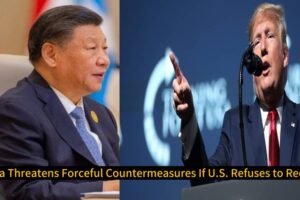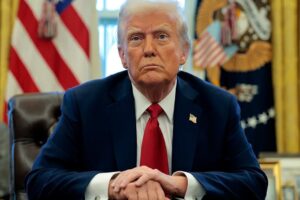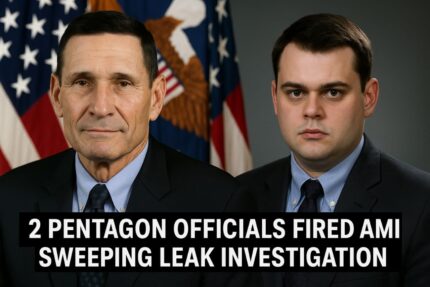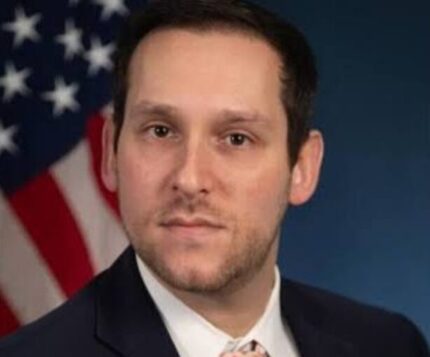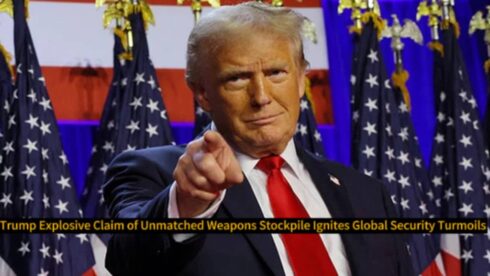The Pentagon’s leadership was rocked again on Friday as two senior political appointees, previously suspended earlier in the week, were officially fired amid an expansive leak investigation. Multiple officials confirmed to OpitanglobaMedia News that the latest dismissals mark an intensification of efforts to clamp down on unauthorized disclosures from within the Defense Department.
The two ousted officials are Dan Caldwell, senior advisor to Secretary of Defense Pete Hegseth, and Dan Selnick, deputy chief of staff. Their dismissals follow administrative leave orders issued earlier in the week, pending the outcome of a leak investigation that continues to send shockwaves throughout the Pentagon’s upper ranks. Their termination was first reported by Politico, highlighting the rapidly growing fallout from the investigation.
The Investigation: Seeking a ‘Complete Record’ of Leaks
The probe was formally initiated in March by Joe Kasper, Secretary Hegseth’s chief of staff, who demanded an exhaustive investigation into leaks to media outlets. In a sternly worded memo obtained by OpitanglobaMedia News, Kasper emphasized the investigation’s intent to create “a complete record” of disclosures, even authorizing the use of polygraph tests if deemed necessary.
Officials familiar with the situation said the investigation was sparked by a series of sensitive leaks that severely embarrassed Pentagon leadership. Although no single story is being exclusively targeted, the investigation broadened significantly following reports falsely claiming billionaire Elon Musk was scheduled to attend a classified briefing at the Pentagon on potential war plans with China—an allegation the Pentagon strongly denied.
Additional Suspensions and a Widening Inquiry
Beyond Caldwell and Selnick, a third official, Colin Carroll—chief of staff to the deputy secretary of defense—was also placed on administrative leave this week. Carroll’s suspension signals the investigation’s expanding scope and raises the possibility that even more officials could face disciplinary action.
Two sources told OpitanglobaMedia News that Joe Kasper himself, the architect of the investigation, is now under internal review, complicating the Pentagon’s efforts to stabilize its leadership ranks. Discussions are ongoing regarding the potential suspension of additional staffers as the inquiry digs deeper into the Pentagon’s internal communications and media relations practices.
Pressure Mounts as Pentagon Seeks to Restore Order
The ongoing turmoil has raised serious concerns about morale and stability within the Department of Defense. Senior officials worry that the sweeping investigation and the use of aggressive measures like polygraphs could have a chilling effect on internal communication, creating an atmosphere of fear and distrust.
At the same time, Secretary Hegseth is reportedly determined to restore order and discipline within his leadership team. Officials close to the secretary insist that maintaining operational security is paramount, particularly as the Pentagon faces escalating global tensions with nations like China and Russia. However, critics argue that the mass suspensions and high-profile firings could further undermine public trust in the institution.
Wider Implications for Pentagon Leadership and National Security
The high-profile terminations and the broader leak probe have ignited fresh debates about transparency, accountability, and leadership at the highest levels of the Pentagon. Some insiders see the firings as necessary to preserve the integrity of classified information, while others view them as a heavy-handed response that risks destabilizing an already tense environment.
As the investigation unfolds, Defense Secretary Pete Hegseth faces a delicate balancing act: safeguarding national security while maintaining the confidence of both his internal team and the American public. With further suspensions likely, the Pentagon’s leadership could look very different in the coming weeks, raising questions about continuity, decision-making, and the future direction of U.S. defense policy.





